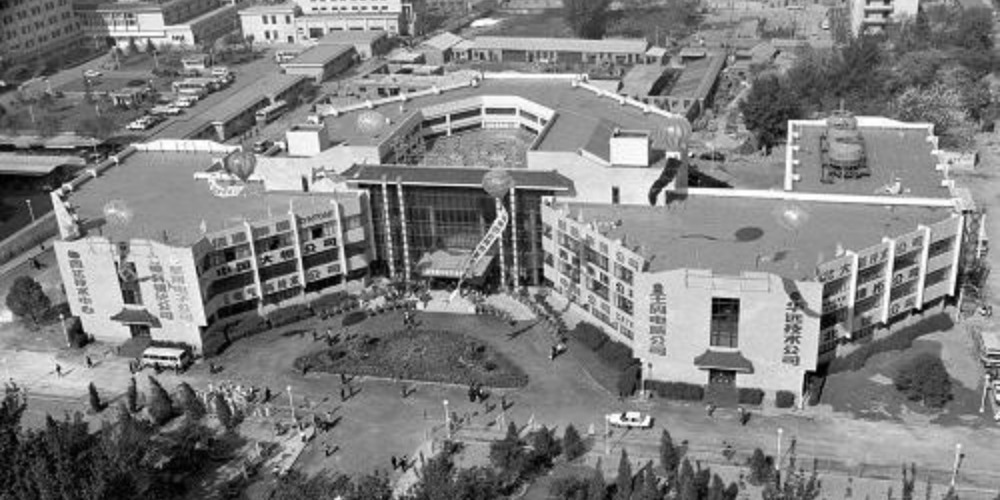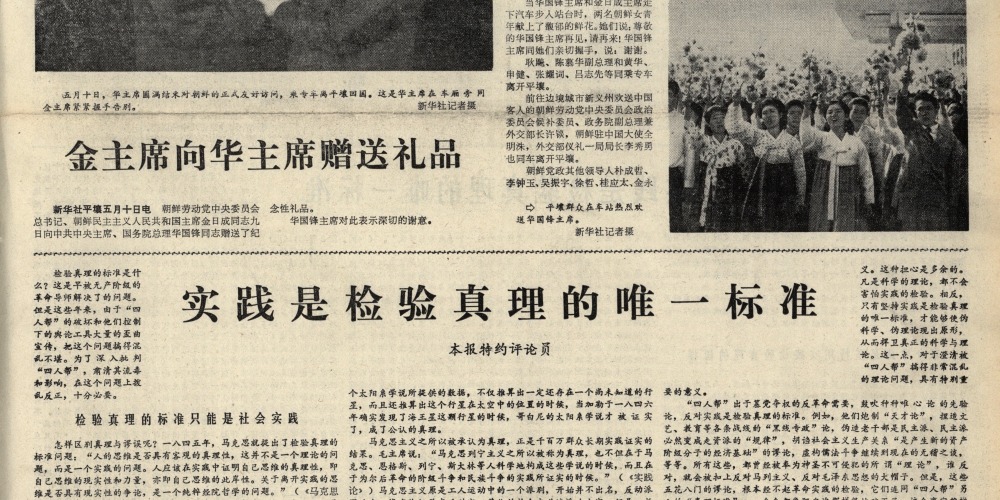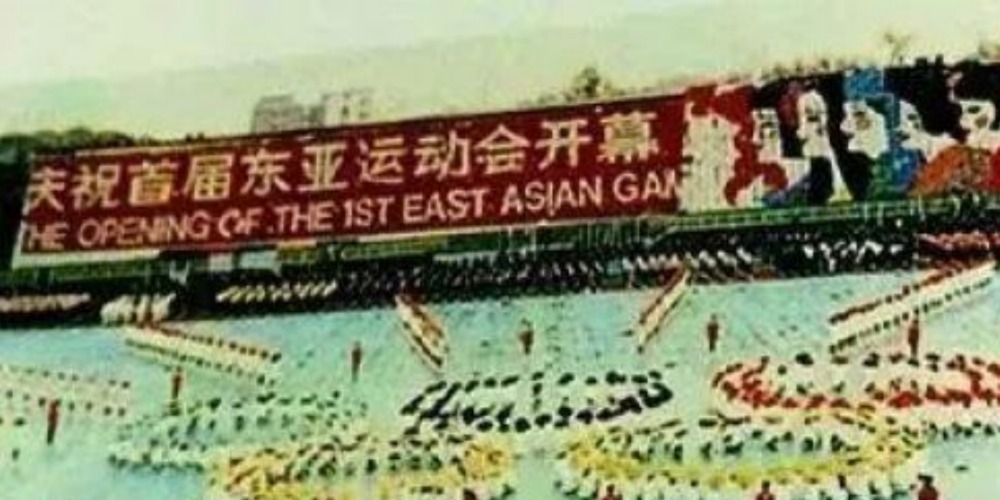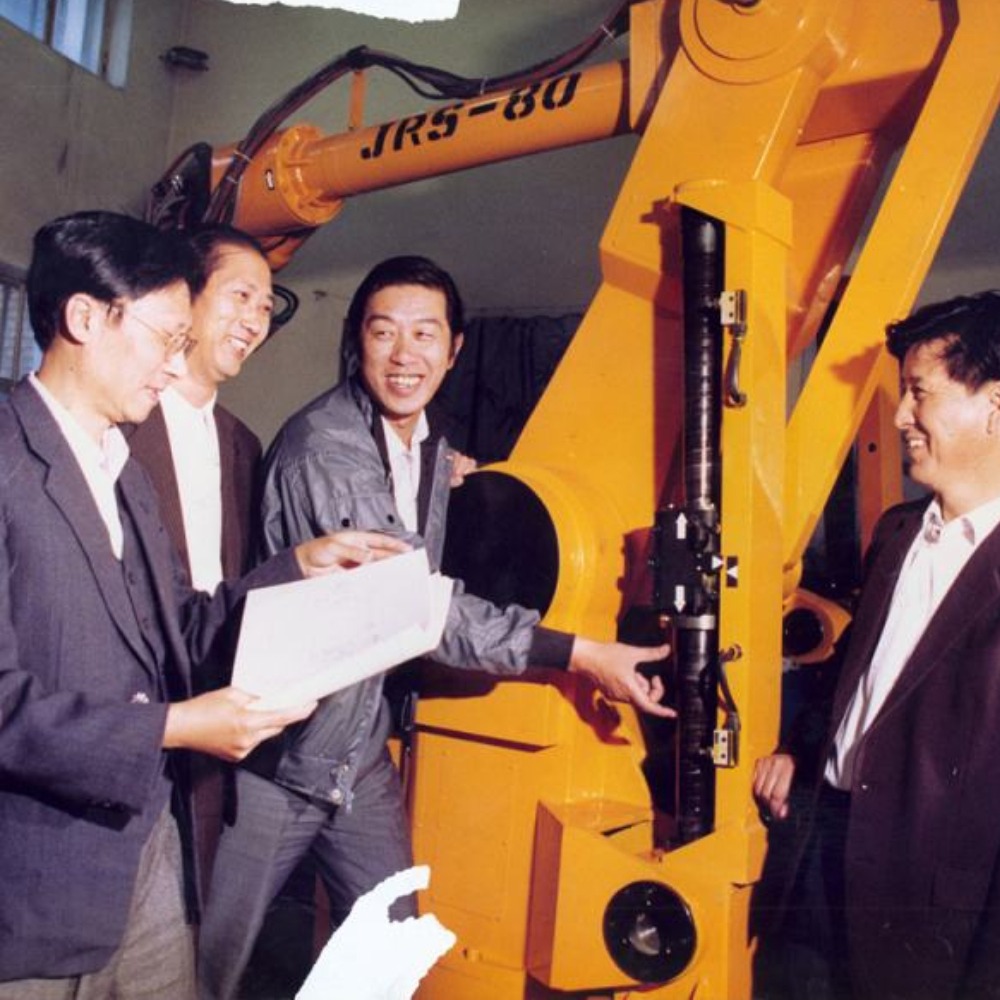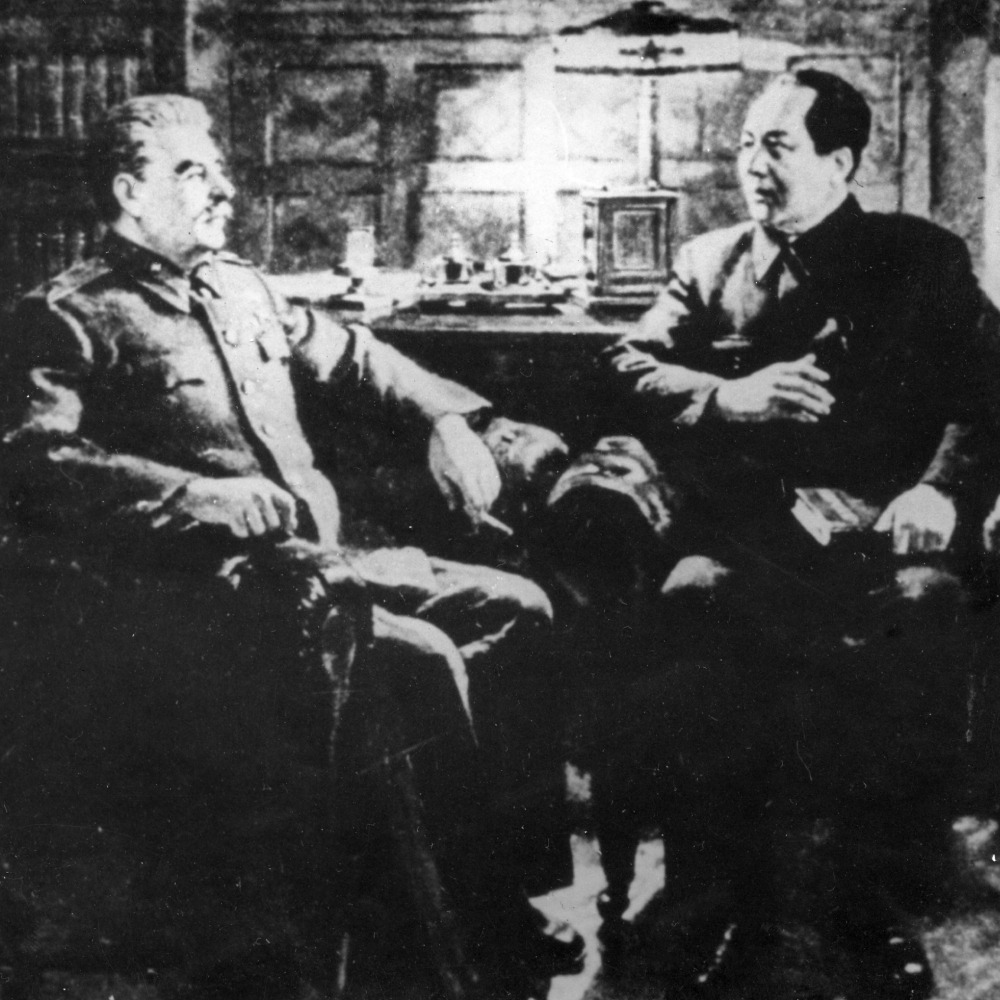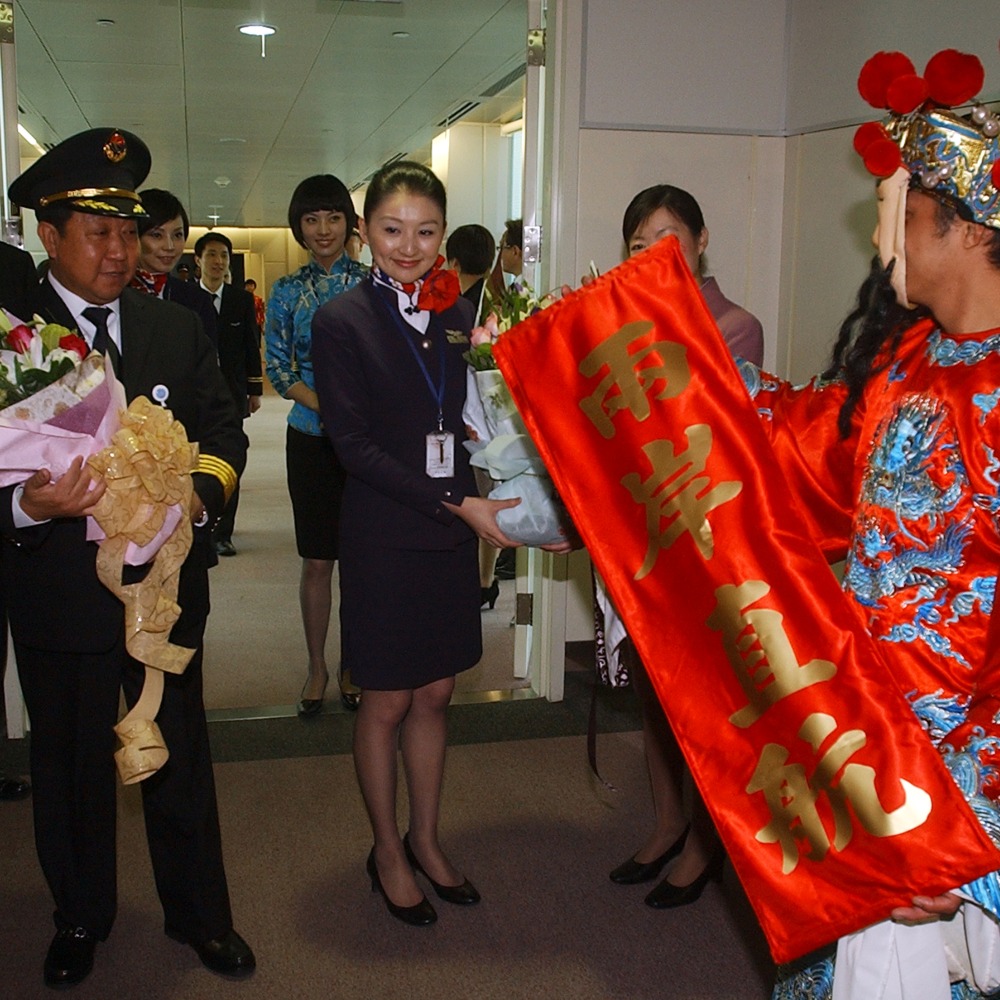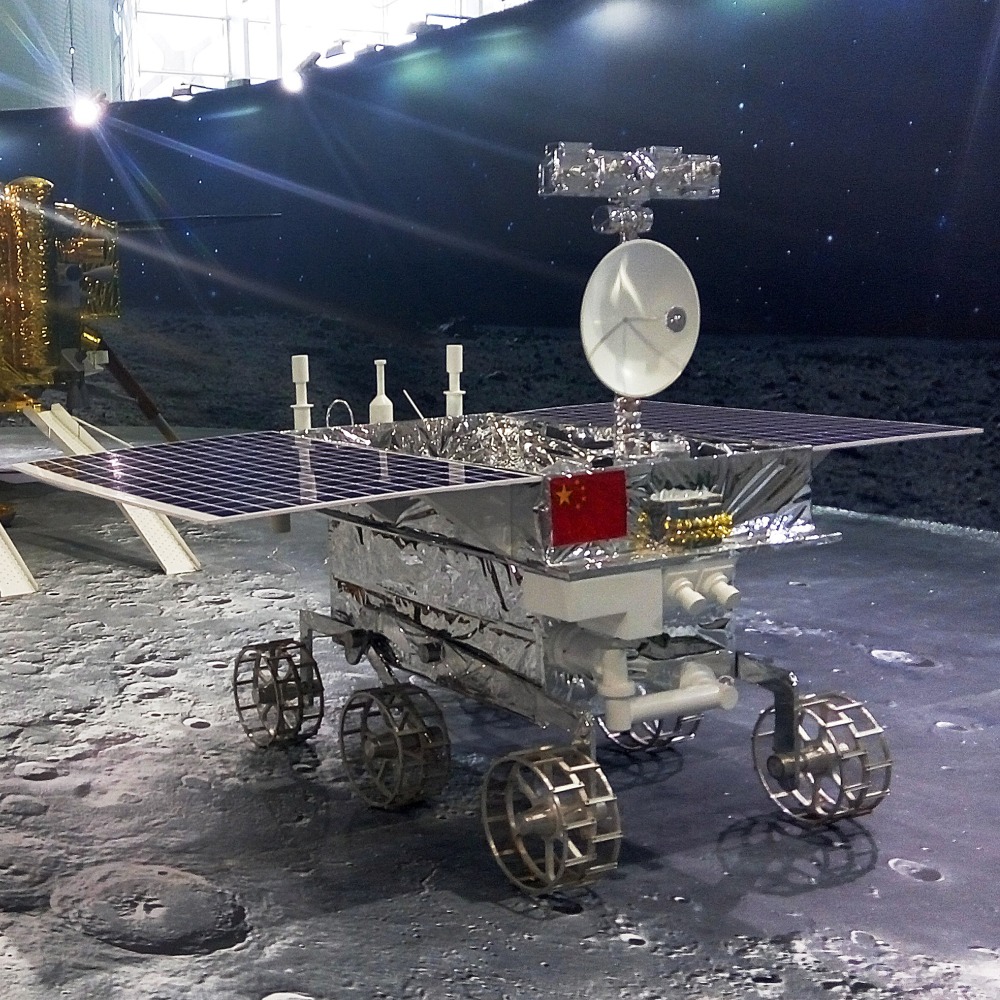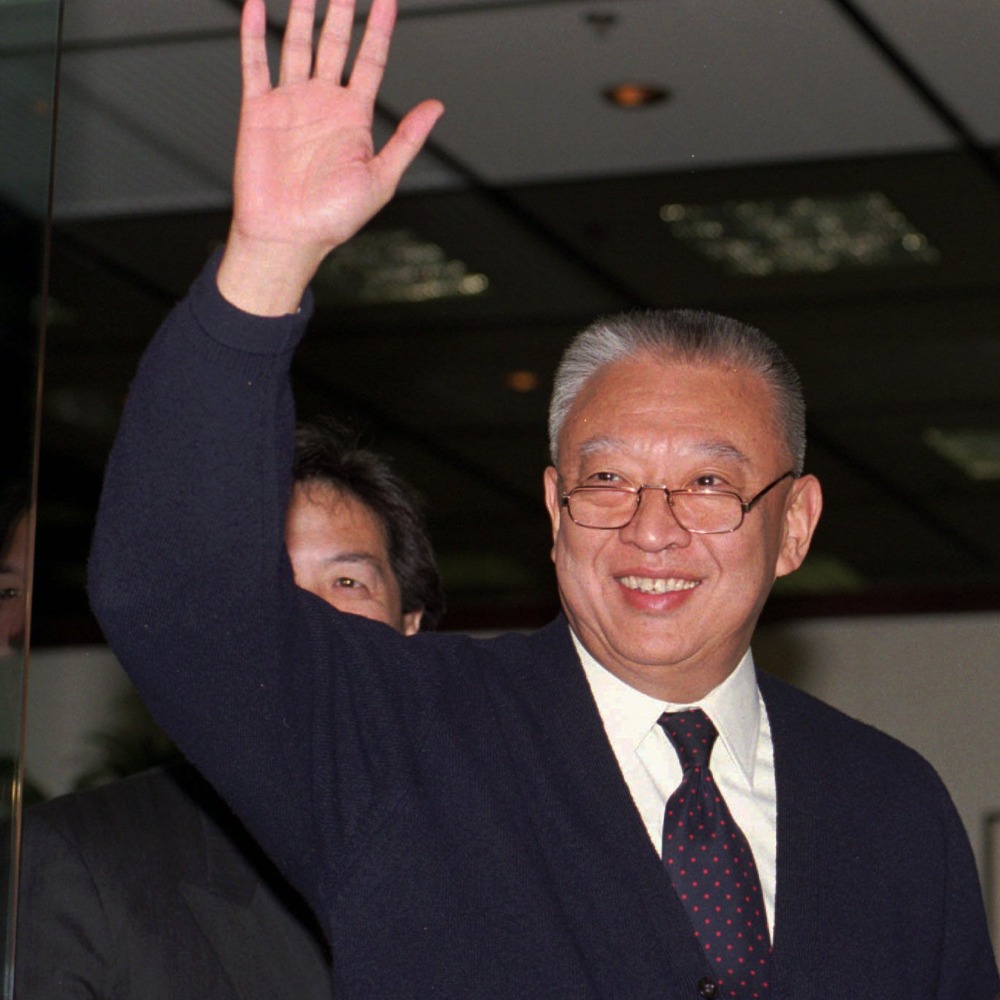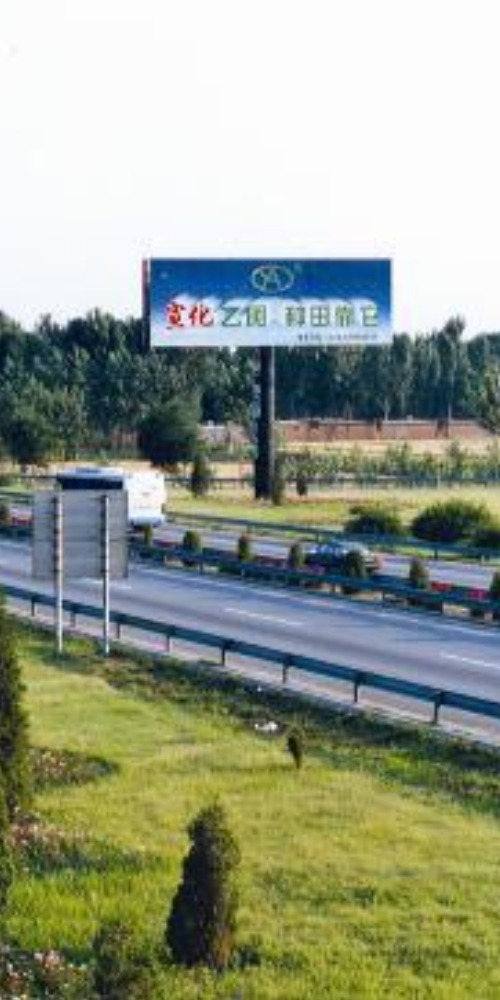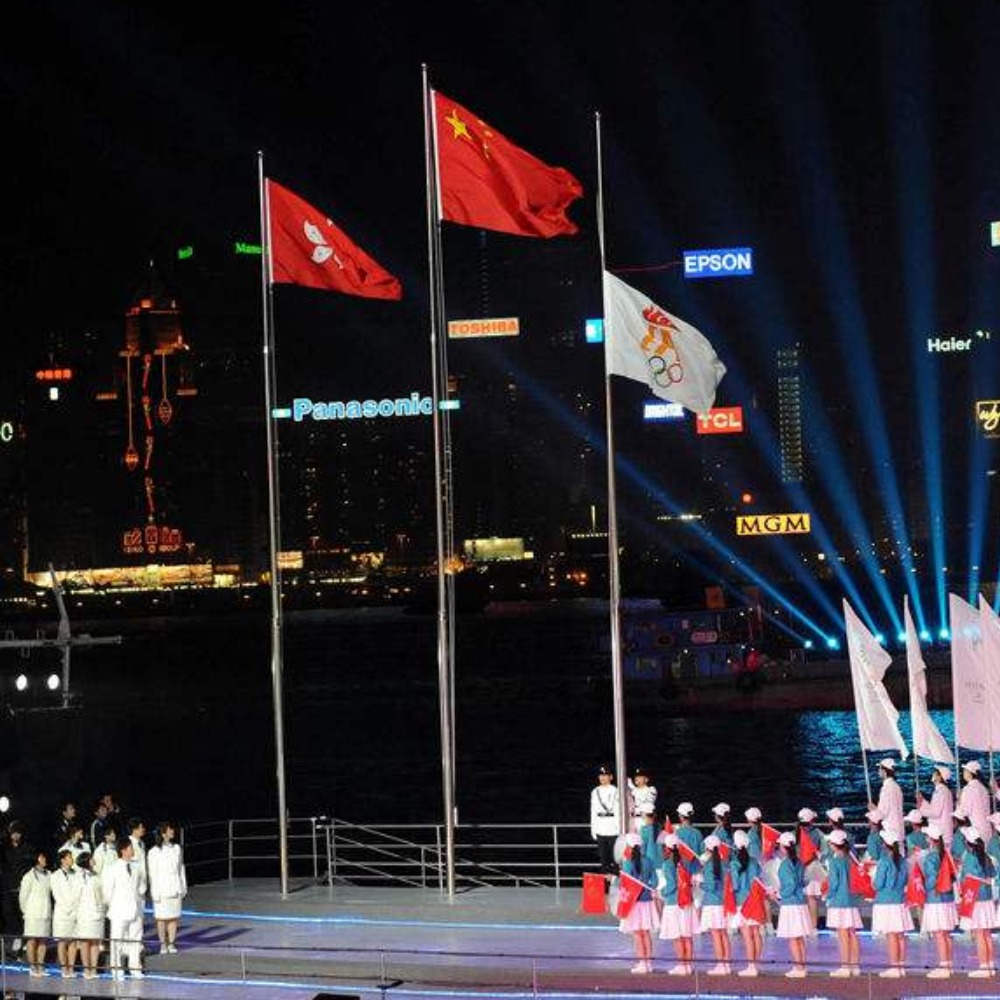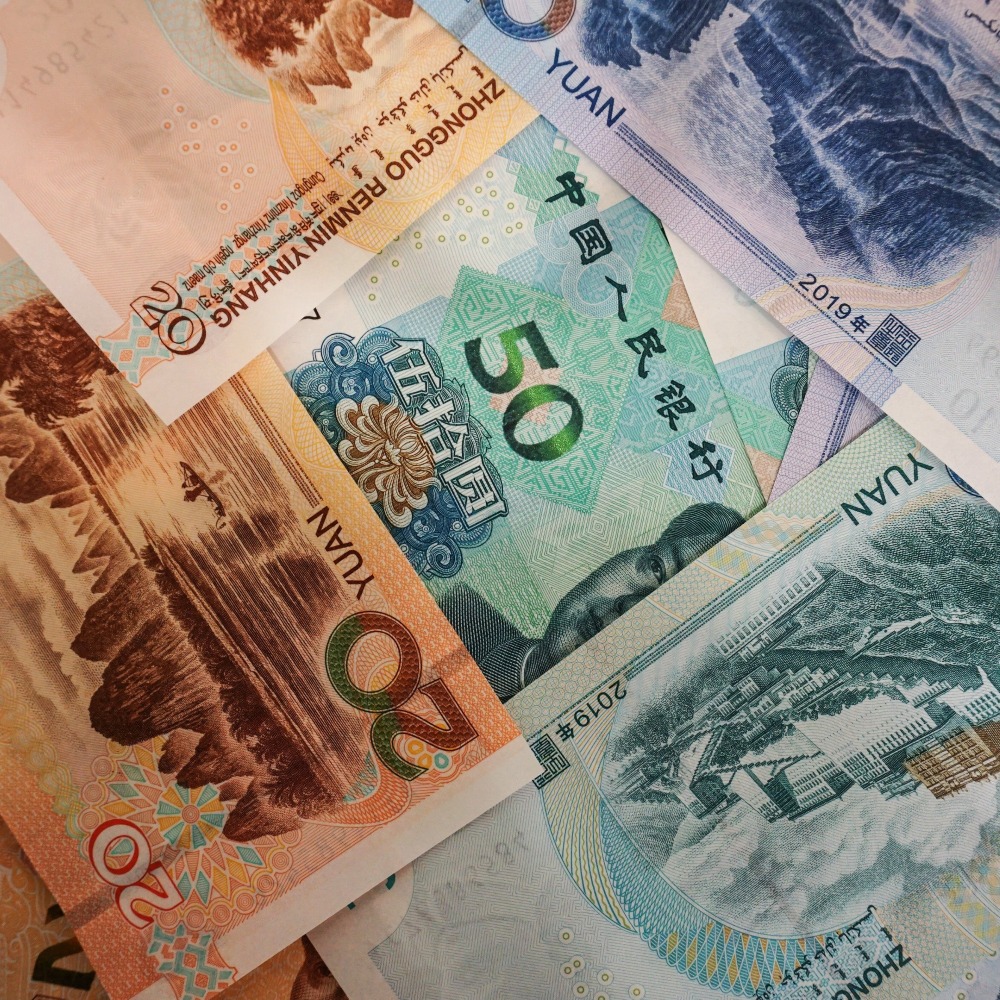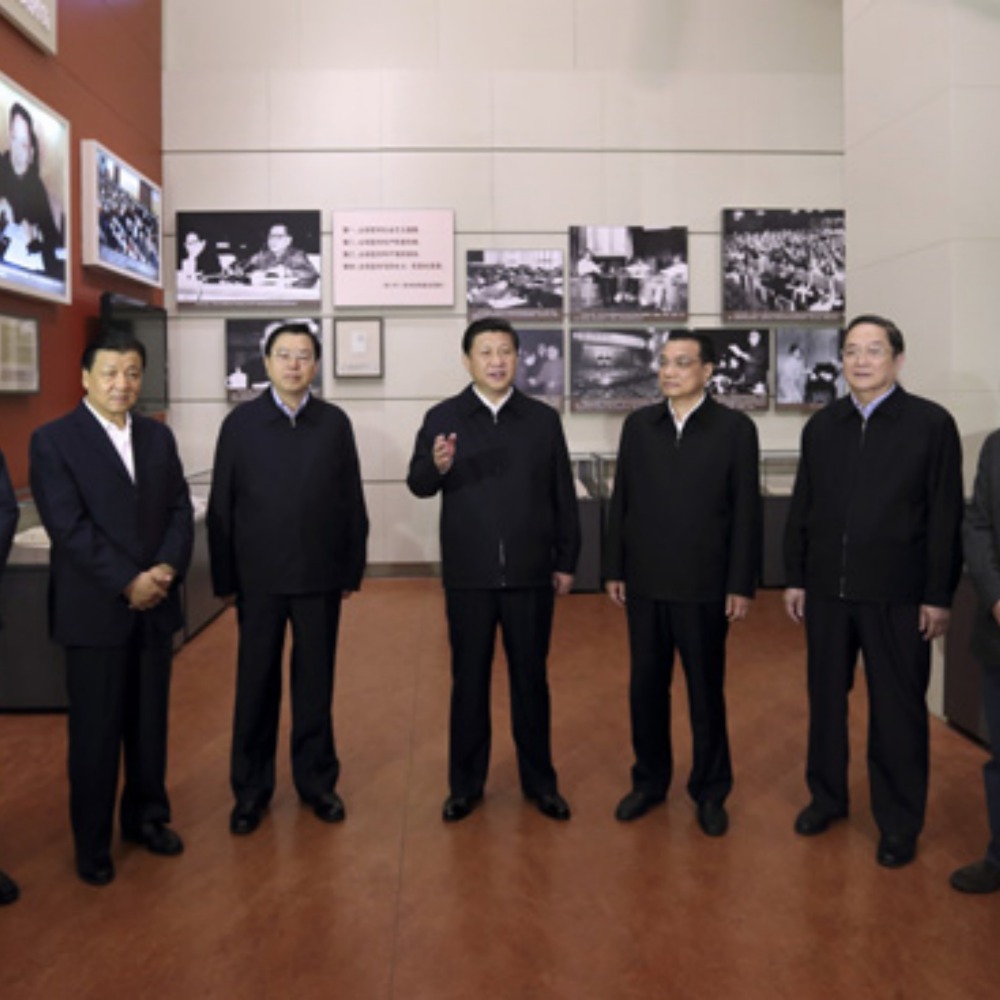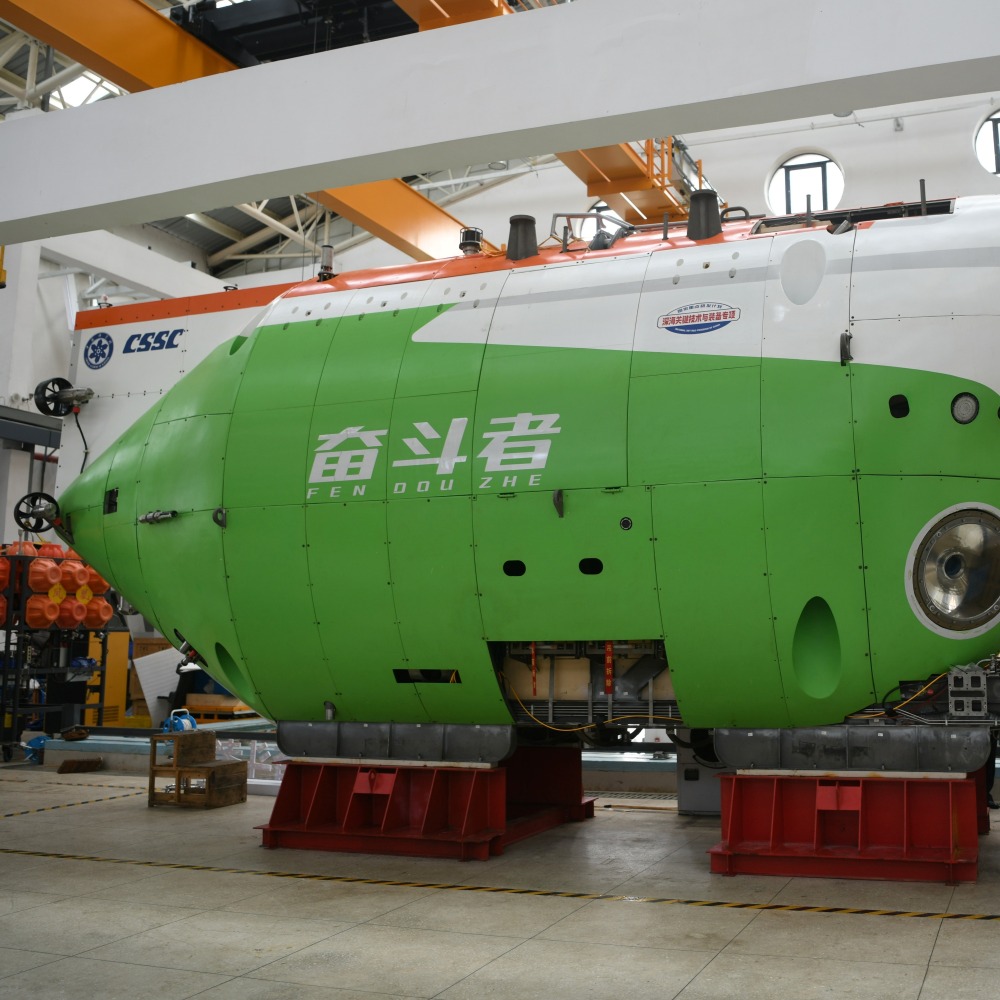Published : 2025-05-10
On May 10, 1988, the State Council approved the interim regulations agreeing to establish the Beijing Experimental Zone for New Technology Industry Development, implementing supportive policies in taxation, finance, customs, and other aspects to promote the integration of technology and the economy and the development of high-tech industries.
This is China's first national high-tech industry development zone and the first comprehensive base dominated by the electronic information industry, integrating scientific research, development, production, operation, training, and services.
The establishment of the experimental zone determined the future development path of the "pioneer-first-trial" of the Zhongguancun technology system reform.
The experimental zone is located in the western suburbs of Beijing's Haidian District, with Zhongguancun as the centre, extending east to De Qing Qian Tun Dong Road, west to Nong Da Road, Wan Quan River Road, Jingmi Diversion Canal, Yuquan Road, north to Xisanqi, Dongbeiwang Road, and south to the area north of Xinkai Canal, covering an area of 100 square kilometres.
Zhongguancun was originally just a small village in the northwest suburbs of Beijing until it welcomed a new opportunity for development in October 1980.
At that time, a group of scientific and technological personnel led by Chen Chunxian(陳春先), a researcher at the Institute of Physics, Chinese Academy of Sciences, established the Beijing Plasma Society Advanced Technology Development Service Department.
Their goal was to explore the technology diffusion model similar to Silicon Valley and Route 128 in the United States under Chinese conditions and proposed to conduct experiments in Zhongguancun, transplanting the idea of Silicon Valley experiences to this area, forming the prototype of "Zhongguancun Electronic Street."
By 1984, the number of enterprises in Zhongguancun had grown to 40, with annual sales exceeding 18 million, forming the basic framework of "Zhongguancun Electronic Street." Representative companies included "Two Communications and Two Seas," comprising Stone Company, Xintong Company, Jinghai Company, and Ke Hai Company.
The establishment of Zhongguancun promoted the development of China's new technology industry represented by microelectronics, laying the foundation for the establishment of the Beijing Experimental Zone for New Technology Industry Development.
In December 1987, led by the Central Office Research Department, a joint investigation team was formed by seven units, including the State Science and Technology Commission, to conduct an in-depth investigation on 148 private technology enterprises in Zhongguancun regarding their conditions, structures, marketing, and operation mechanisms.
The findings were submitted to the Central Finance and Economics Leading Group in the "Zhongguancun Electronic Street Investigation" report.
After reviewing the report, the Central Finance and Economics Leading Group decided to establish China's first science park in Zhongguancun, the "Beijing Experimental Zone for New Technology Industry Development."
In November 1989, the Beijing Experimental Zone for New Technology Industry Development was officially accepted as a member of the International Association of Science Parks.
By 1996, this experimental zone had become China's "Silicon Valley" and one of the four most successful high-tech parks in Asia.
In 1997, the zone was listed as the "China-APEC Science and Technology Industry Park." In the same year, the zone was awarded the title of "National High-Tech Industry Development Zone" by the State Science and Technology Commission.
